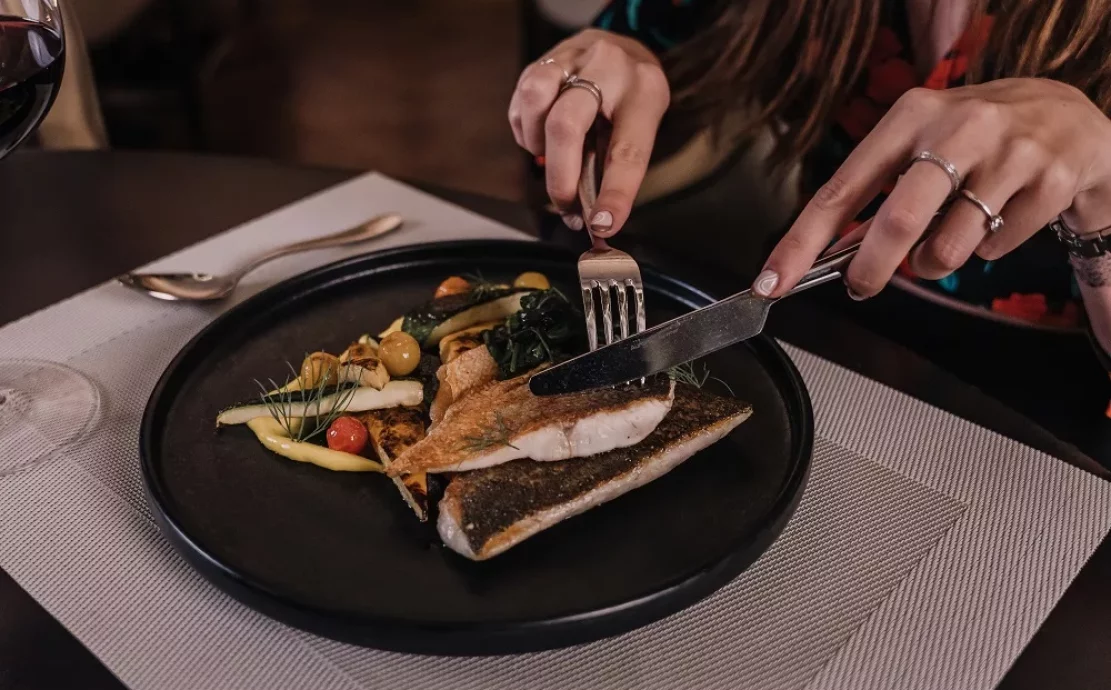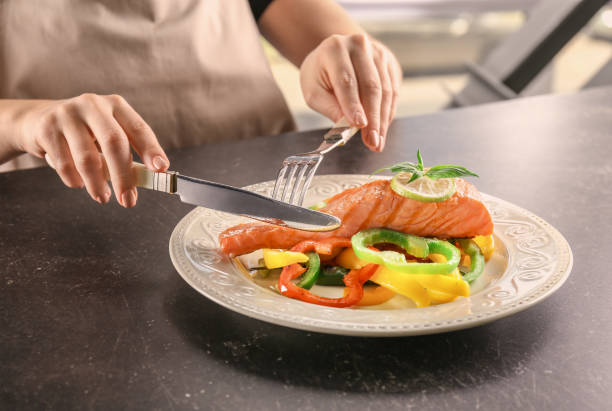For the kitchen professional, the art of carving brisket at the dinner table is not just a skill but a testament to culinary expertise. This practice, steeped in tradition, is the highlight of many gatherings, showcasing the chef's ability to blend technique with presentation. As the star of the dining experience, brisket demands respect and precision to ensure that its rich flavors and tender textures are fully appreciated by diners.

The Importance of Carving Brisket Properly
Carving brisket correctly is crucial, as it affects the texture and taste of the meat. When done properly, it enhances the dining experience, allowing the juicy, flavorful cuts to shine. A poorly carved brisket, on the other hand, can result in a less appetizing meal, with chewy and uneven pieces. For professionals, mastering this skill is a mark of distinction, reflecting both their knowledge and their dedication to culinary excellence.
Essential Tools for Carving Brisket
To carve brisket effectively at the dinner table, having the right tools is essential. A sharp carving knife and a sturdy cutting board are indispensable. According to the German Knives and Cutting Techniques, choosing the right knife can make all the difference. A well-balanced, sharp knife ensures clean cuts, while a solid cutting board provides a stable surface for carving.
Step-by-Step Guide to Carving Brisket
1. Let the Brisket Rest
Before carving, allow the brisket to rest for at least 20 minutes. This step is crucial as it enables the juices to redistribute throughout the meat, ensuring each slice is moist and flavorful. Skipping this step can lead to dry and unappetizing slices.
2. Identify the Grain
Understanding the grain of the meat is essential for proper carving. The grain refers to the direction of the muscle fibers in the brisket. For the most tender bites, it is important to slice against the grain. This technique shortens the muscle fibers, making them easier to chew.
3. Start with the Flat Cut
Begin by carving the flat cut, which is leaner and easier to handle. Hold the brisket in place with a carving fork and make smooth, even slices against the grain. For detailed guidance on handling different cuts, refer to How to Cut Standing Rib Roast.
4. Move to the Point Cut
The point cut is thicker and contains more fat, making it a bit more challenging to carve. Use the same technique of cutting against the grain to ensure tender slices. For added flavor, you can trim some of the excess fat or leave it on, depending on personal preference.
Presentation and Serving Tips
Presentation is as important as the carving itself. Arrange the slices neatly on a warm platter, fanning them out for an appealing display. Consider garnishing with fresh herbs or a light drizzle of sauce to enhance the visual appeal and complement the brisket's rich flavors. For more on serving etiquette, you can refer to The Language of Cutlery.
Common Mistakes to Avoid
Even seasoned professionals can make mistakes when carving brisket. One common error is cutting with the grain, resulting in tougher slices. Another is using a dull knife, which can tear the meat instead of slicing it cleanly. Ensuring your tools are sharp and taking your time with each cut can prevent these issues.
Enhancing the Dining Experience
Beyond the technical aspects, carving brisket at the dinner table can enhance the dining experience by allowing guests to see and appreciate the craftsmanship involved. It can also serve as a conversation starter, providing an opportunity to share insights and stories about the cooking process. For tips on enhancing the overall dining experience, check out Knife Skills for Eating Steak.

FAQs
1. Why is it important to carve against the grain?
Carving against the grain shortens the muscle fibers, resulting in more tender and easier-to-chew slices. It is a crucial technique for ensuring the best texture and flavor.
2. What should I do if my brisket is too tough?
If your brisket is tough, try slicing it thinner against the grain. This can help make the meat more palatable. Additionally, ensure that the brisket is cooked properly and rested before carving.
3. How can I keep my brisket warm after carving?
To keep the brisket warm after carving, cover it with aluminum foil and place it in a warm oven. This will help maintain its temperature without drying it out.
This article contains affiliate links. We may earn a commission at no extra cost to you.


























